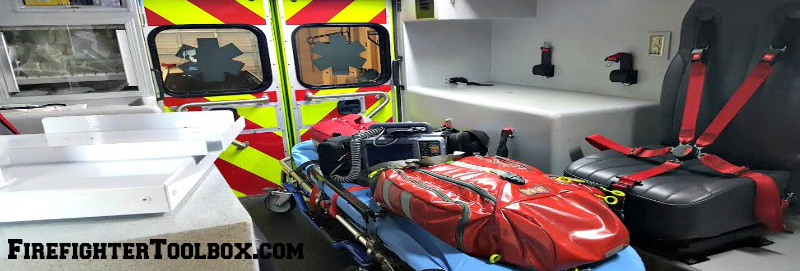The 5 Steps of Primary Assessment — Part Two

In a previous article “The 5 Steps to Medical Dispatch Size Up” I discussed some of the items that we should be thinking about upon dispatch of the call and prior arrival to the scene.
In this article, we’ll continue to assume we’ve arrived on the scene safely and have the resources needed to provide quality patient care. Here are the second and last of five steps of primary assessment.
4 – Circulation Assessment
We now check for a radial pulse and want to know if the patient has one or not. If the patient does not have a radial, check for a carotid pulse. Do not think that because there is no radial that the patient has no heartbeat, they may just be hypotensive and cannot perfuse to the extremities.
After finding the pulse location, check the patients Rate, Rhythm, and Quality. Is it tachycardic, bradycardic, or within limits? Is the rate regular or irregular, which may show a problem with the heart’s electrical system. When we think of quality of the pulse, think strong (bounding), weak (thready), or normal.
Next we should check for skin color, temperature, and condition. The skin color could be described as normal, pale, flushed or jaundiced. The temperature could be cool, hot, warm, or cold. The condition of the skin can be described as dry, moist, or diaphoretic. If the patient is hot and dry, we need to be concerned because it is a sign of heat stroke and is a true emergency.
Is the patient hot and moist, which may be a fever with mild sweating. Is the patient cool and diaphoretic? We’ll also need to think about treating for shock. Diaphoretic is when the patient is soaked. In this state, electrodes will not stick to the patient, and sweat continually drips from the patient.
We need to put all parts of the circulation assessment to paint a picture of the patient’s condition. One example of this is a patient with a rapid, regular, weak pulse who is pale, cool, and diaphoretic. By putting all parts together we can see a clear picture of the patient’s circulation.
5 – Transport Decision
 This is final portion of the primary assessment and this is where we decide what is best for the patient. Does the patient condition show that we can stay and further assess the patient, get our control measures in place, and treat the patient’s problems on scene?
This is final portion of the primary assessment and this is where we decide what is best for the patient. Does the patient condition show that we can stay and further assess the patient, get our control measures in place, and treat the patient’s problems on scene?
If we put the parts of the picture together and see that the patient is critical and needs to get definitive care, we need to load the patient up and treat as we go. Always make a decision that is best for the patient not what is convenient for you. If you are 3 minutes from a hospital why would you wait on scene and perform treatments that will not immediately improve the patient’s condition? Always be a patient advocate, we are there for them.
Remember that we need to know why we are doing something as well as how to do something. If we know why we are checking skin color, temperature, and condition, we can know how to treat the problems appropriately because we understand why the patient is presenting that way.
We should utilize our medical guidelines for patient treatment but how we perform a primary assessment could help provide better patient care. Proper primary assessment can also help produce a better outcome for the patient as well assist us in obtaining our differential diagnosis. Please look for my next article, Differential Diagnosis of the Medical Patient, until then stay safe and keep learning.








